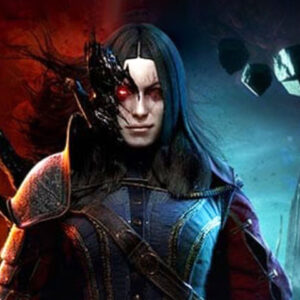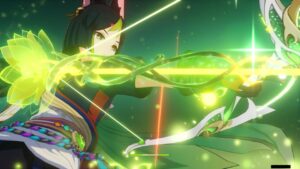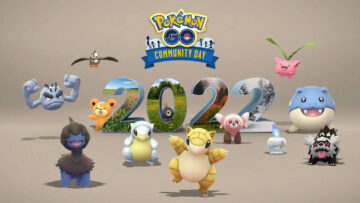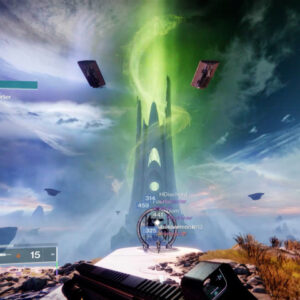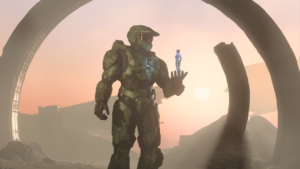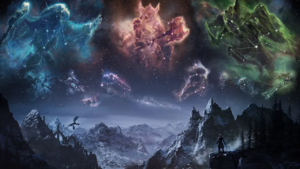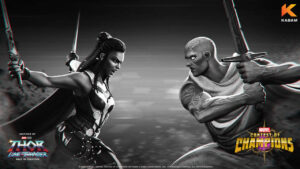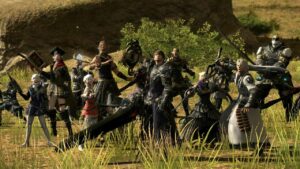The original Puzzle Quest expertly fused match-3 gameplay with a fantasy setting, turning standard Candy Crush-style puzzles into a full-on adventure complete with cutscenes, turn-based battles, and special powers. Puzzle Quest 2 built on the idea further, adding towns and dungeons to be explored, multiple questlines, and expanding on the turn-based match-3 system. Now, a decade later, Puzzle Quest 3 has emerged, stripping away a lot of what made those games unique and offering up a more streamlined experience. The result is a game that, while fun in spurts, becomes tiresome quickly thanks to repetitive and unvaried gameplay beset with rudimentary RPG elements.
Puzzle Quest 3’s core gameplay loop is unchanged from the previous games: matching colored gems in order to deal damage to an enemy and gain energy used to cast spells and abilities. There are multiple ways to play, including a huge, 14-chapter story mode, daily and weekly dungeons that give rewards, and competitive multiplayer to test your characters against friends. Progressing through the story unlocks companions who offer special perks, minions who can help you open chests faster, and special events that can lead to gaining rare equipment. All of this sounds like a sprawling adventure that fits right into the Puzzle Quest motif, but it’s when you look below the surface that chinks can be found in the armor.
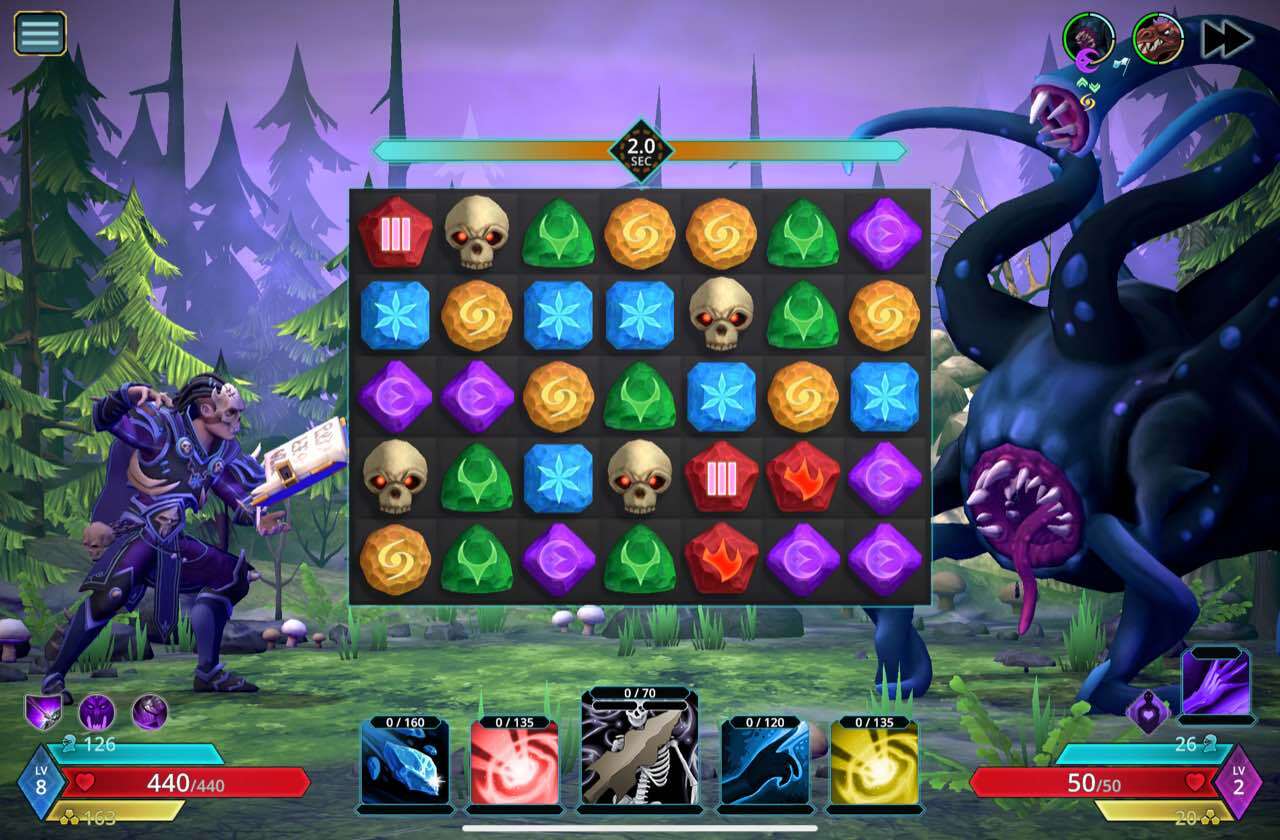
One of the game’s main problems is how every battle in the game, be it in the story or a limited-time event, plays out the same way: an enemy approaches, you match gems to attack, you get attacked, you go again, repeat. As with previous Puzzle Quest games, there are five gem colors–red, blue, green, yellow, and purple–as well as a Skull gem that, when joined in a group with two others, serves as the most powerful attack on the board. However, there are fewer moves to make–by using a 5×7 board as opposed to the previous games’ 8×8, battles go faster. When an enemy is beaten, the next one just walks onto the screen to take the fallen one’s place and the process repeats itself. Contrast this to Puzzle Quest 2, where you also walk your character through different areas, talking to NPCs and initiating battles yourself. That made you feel like a traveling warrior in the world, whereas here you just feel like you’re playing a standard match-3 game. There’s no variation to the gameplay here–no major shakeup that changes things around even for just one battle.
- abilities
- Adventure
- All
- approaches
- around
- Battle
- board
- candy
- characters
- Competitive
- damage
- deal
- different
- energy
- equipment
- Event
- events
- expanding
- experience
- explored
- FANTASY
- fun
- game
- gameplay
- Games
- Green
- Group
- here
- How
- HTTPS
- huge
- idea
- image
- Including
- IT
- joined
- large
- lead
- major
- Match
- more
- multiplayer
- offer
- offering
- open
- order
- original
- play
- Playing
- powerful
- Process
- Puzzle
- quest
- RE
- Reading
- review
- Rewards
- s
- Screen
- setting
- Story
- streamlined
- Surface
- system
- talking
- test
- The
- the world
- Through
- unique
- weekly
- What
- WHO
- world
- yourself






